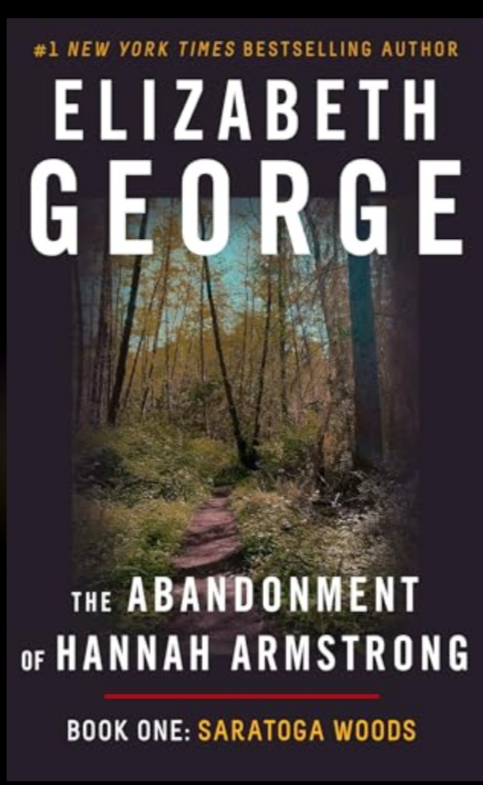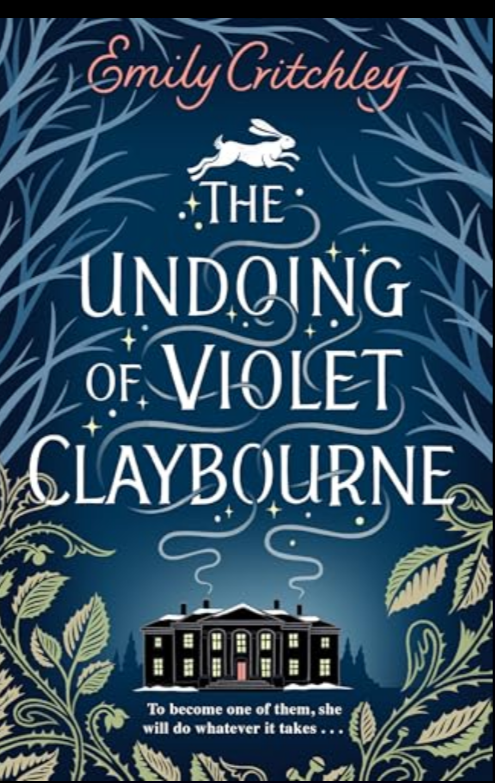Title: The Sublet: A Short Story
Author: Greer Hendricks
Publisher: Amazon Original Stories
Pages: 61
My GoodReads Rating: ⭐⭐
Aspiring novelist Anne, overworked
and harried mother of 9-year-old twins Ben and Beatrice and devoted wife of
Paul, has a gig ghostwriting The Well, the book of celebrity self-help guru
Melody Wells. For all her ease manifesting abundance, Melody can’t seem to
manifest her book.
When Melody points Anne and her
husband in the direction of an apartment that would be perfect for their growing
family, Anne is thrilled. But very soon, she learns that Melody’s intentions
may not be as honest as she thought.
The tone of the story was mostly calm
and unhurried. When Anne drives herself off to a particular location, we get a
hint that the pace might be about to pick up, but that doesn't happen.
The author doesn’t mention a surname
for Anne and Paul. The lack of a surname may be irrelevant to other readers,
but it is a pet peeve of mine.
None of the characters were well developed.
There was nothing nuanced about Anne or Melody.
Melody never exuded any kind of
menace. Nor did the house for that matter, though it seemed that the author was
trying to project it as some kind of haunted house. There was nothing creepy
about it.
The new house projected no aura of
danger. The kids didn’t feel a thing. They could all have lived there without
sensing any danger.
I couldn’t see the point of the
story. The blurb says weird things start to happen but that is not really true.
All in all, their life seemed rather pleasant.
It was odd that the couple went
looking for a new home, leaving their kids behind alone. No babysitter. Just
two nine-year-olds by themselves for an extended period of time.
The only thing the book managed to do
was to present the fakeness of the celebrity wellness culture.
What was the point of the mysterious
locked closet? It was a Chekhov’s gun that wasn’t fired.
Anne bemoans that she is a chauffeur,
nurse, teacher, cook and a plethora of roles rolled into one. Her tone
indicated that she was one-of-a-kind, but ask any mother, those are the roles
we all do.
There are far too many pop culture
references. Modern Family, Matthew Perry, Anne Hathaway, Nicole Kidman, Mont
Blanc, Squid Games, to name a few. Beyond a point, it seemed like a lot of
name-dropping.
There is nothing scary about the big
reveal.
(I read this book on NetGalley. Thank you to the author, the publisher and NetGalley.)




